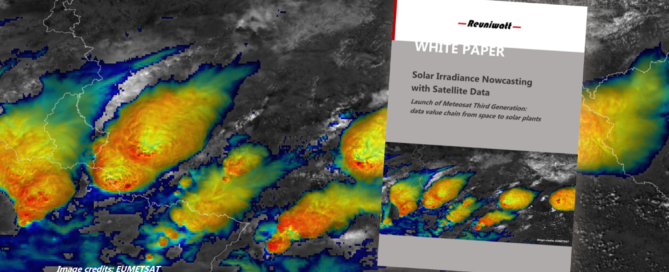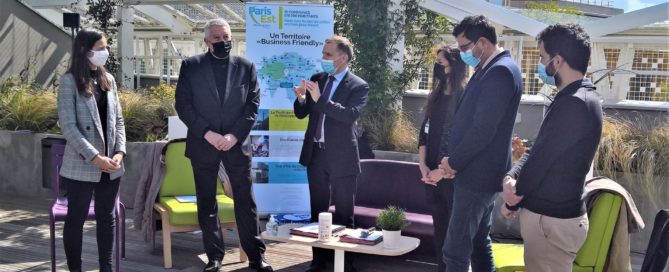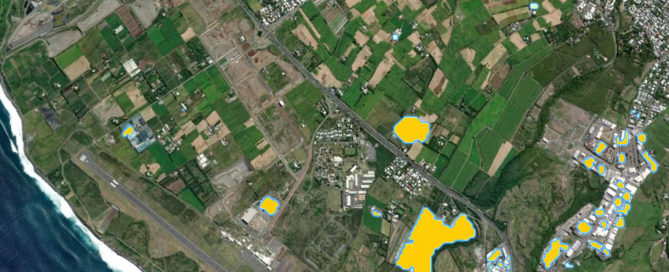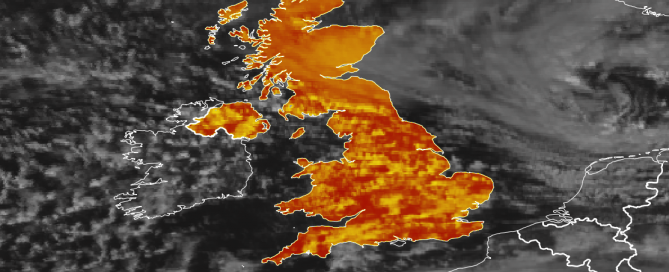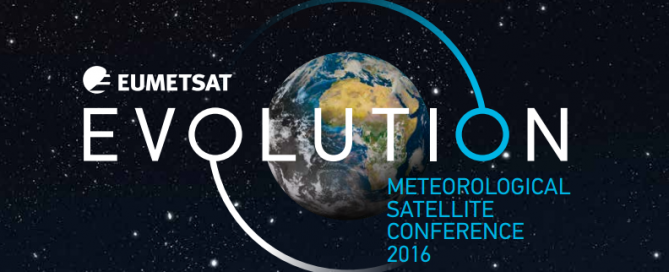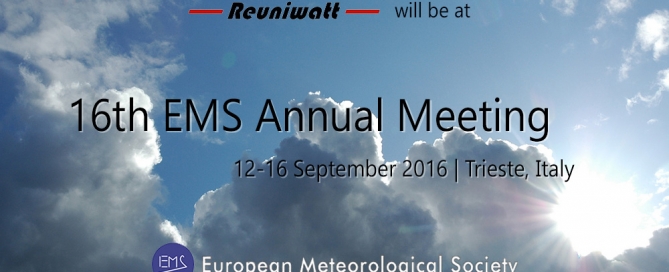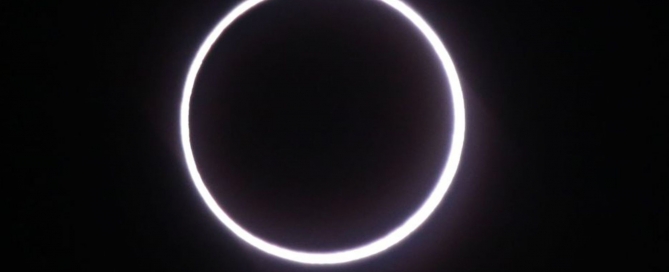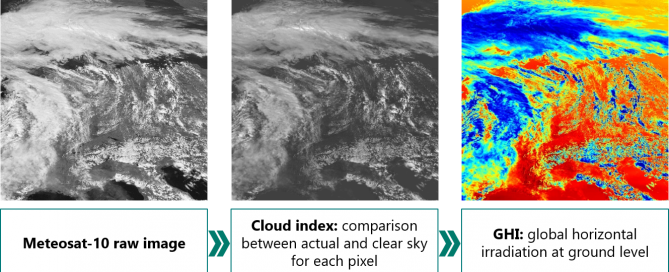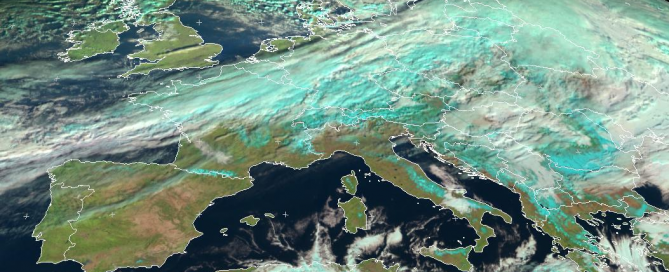MTG satellite system: Better nowcasts ahead
Building on the decades-long legacy of Meteosat’s first- and second-generation satellites, Meteosat Third Generation (MTG) will orbit the Earth at an altitude of 36,000 km with a stable view of Europe and Africa. It's launch offers multiple opportunities outside the space sector. MTG satellite system features and improvements EUMETSAT has provided society with more than three decades worth of satellite data, starting with the
